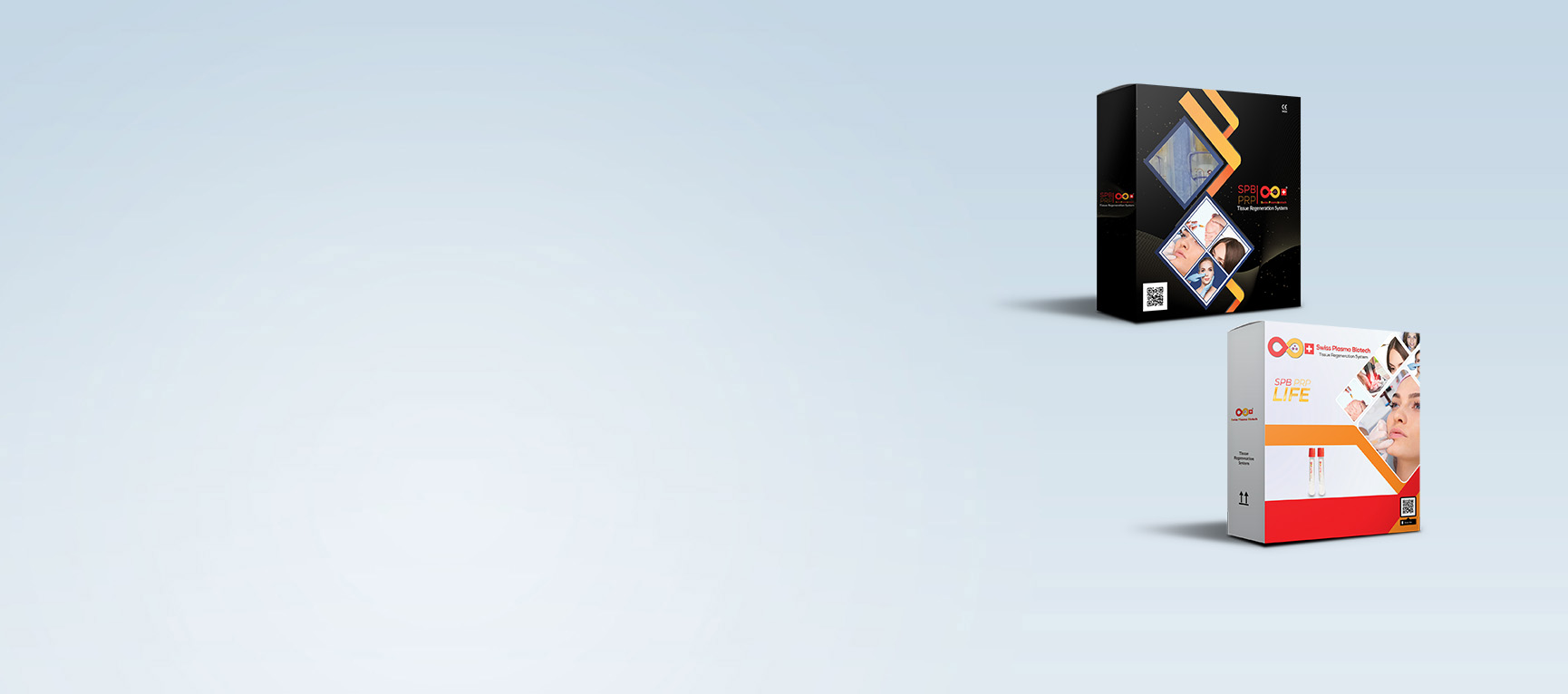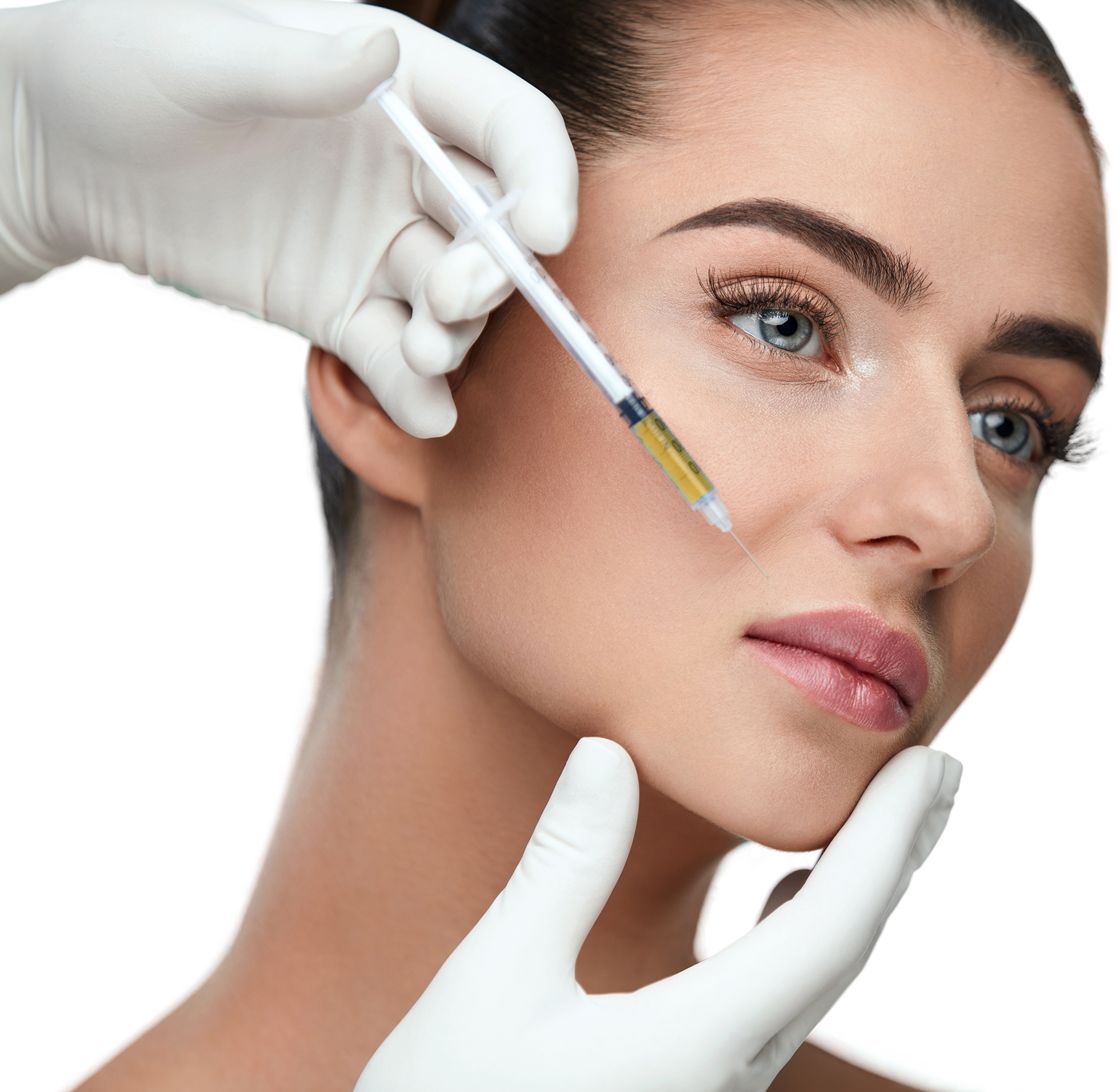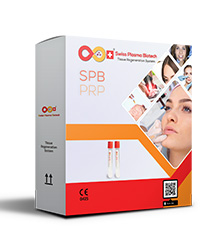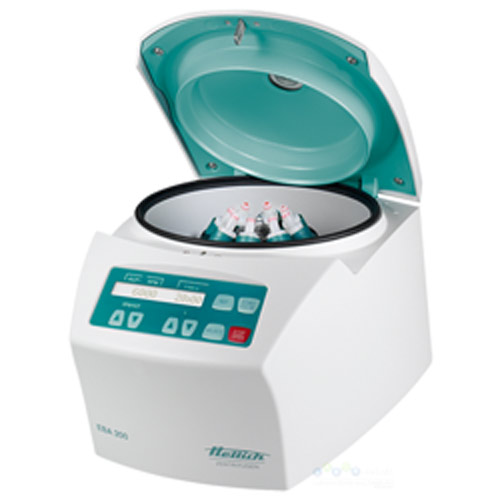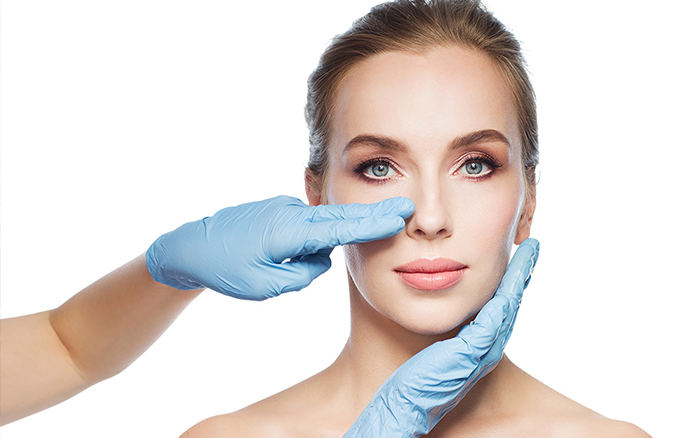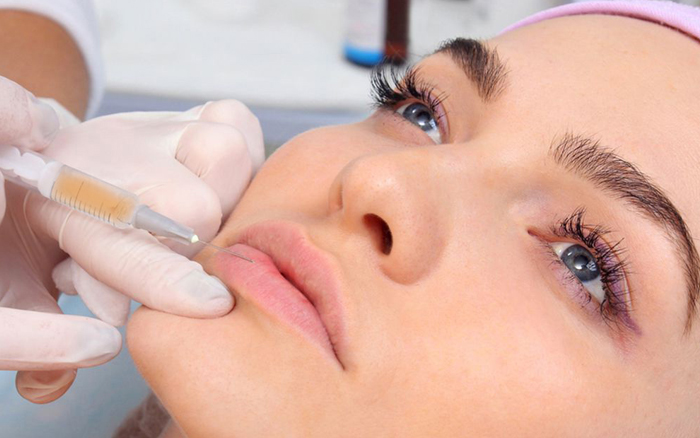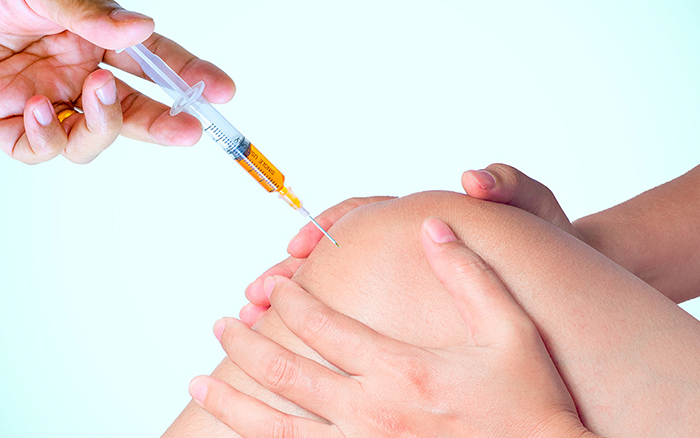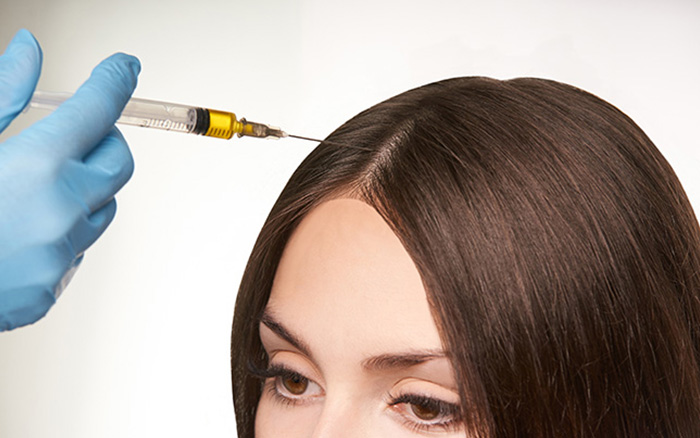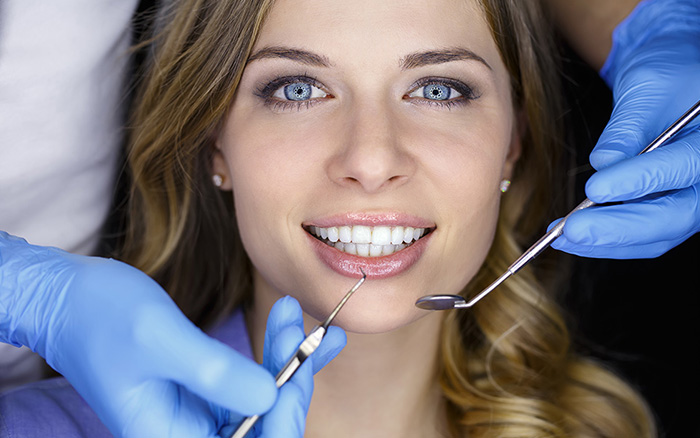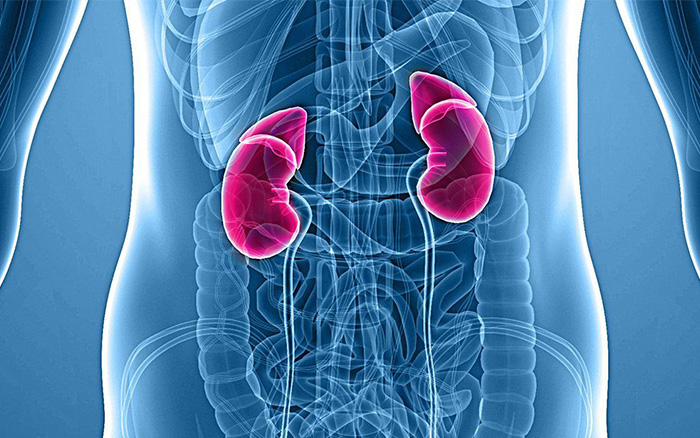SPB TUBES
Swiss Plasma Biotech PRP product is certified class IIa medical device approved by Swiss Medic for the separation and collection ...
SPB CENTRIFUGE
All centrifuges have Quiet Operation keeping these centrifuges asquiet as a normal conversation preventing excessive and distractingnoise ...
EXO|MYRA®
Swiss-engineered and clinically inspired, EXO|MYRA® Skinbooster & Cream delivers advanced care for deep skin rejuvenation, renewal...
About the Plasmabiotech Method
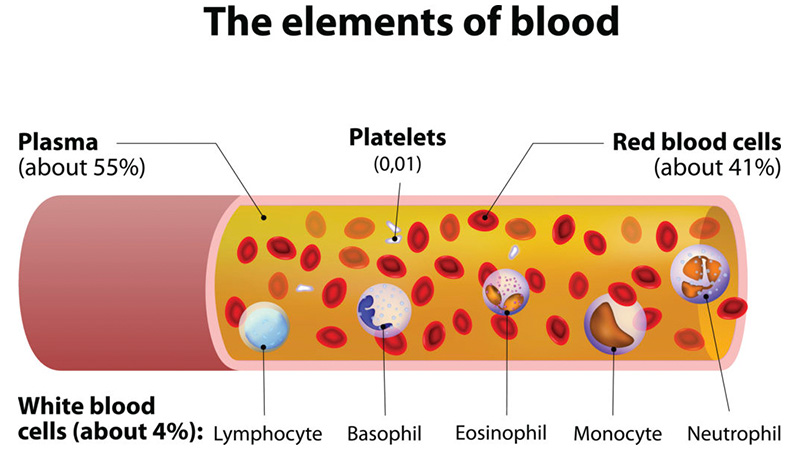
Platelets are sub-cellular units that normally exist in our blood stream. During their short life cycle of 5-6 days, they are available to assist in forming blood clots and allow healing at sites of injury. They carry within them ‘granules’ that are collections of small protein ‘messengers’ or 'Platelet Growth Factors'. These messengers have been shown in prior research studies to turn on repair cycles in certain tissues.
By taking a small volume of your blood and then extracting the platelets, we are able to create a high concentration of these valuable substances which can then be re-injected into areas where they are needed.
There are various parts of the body that can be treated with platelet rich plasma therapy. PRP treatment that gains popularity in areas of medicine such as: aesthetic medicine, trichology, stomatology, orthopedics, urology, gynecology and sports medicine;
The platelets contain numerous growth factors that are used to regenerate the cells, giving the PRP treatment its regenerative potential. PRP can be applied alone in microinjection technology or in combination with mesotherapy (natural active ingredients, homeopathic remedies, minerals, vitamins and classic medicines).

It is a well-tried naturopathic principle, on which the autologous blood therapy is based: A small amount of up to 10 ml of blood is taken from the arm vein of the patient, can be prepared and / or enriched, and then injected again, usually intramuscularly. At the injection site, a hematoma is formed, the autologous blood is perceived by the own organism as a foreign body and triggers a reaction, which should stimulate the entire body's defense.
Thus, the self-blood therapy is one of the nonspecific irritant therapies which are mainly used in immune deficiency, infections and fatigue. Other uses include allergies such. As hay fever, asthma, hematopoietic and circulatory disorders, eczema, mycoses, atopic dermatitis, rheumatism and menopausal symptoms.
The injected autologous blood or the immune reaction triggered thereby has a positive effect on the autonomic nervous system. How exactly is so far unanswered. Despite positive experiences of doctors and alternative practitioners, no scientific evidence for the effectiveness of the self-blood therapy has been provided.[1]
Our Applications
Plasmabiotechis a universal method, similar to all mechanisms of regeneration in the body, that works in the same way and differs only in terms of duration, which depends on the characteristics of the tissue structure.


